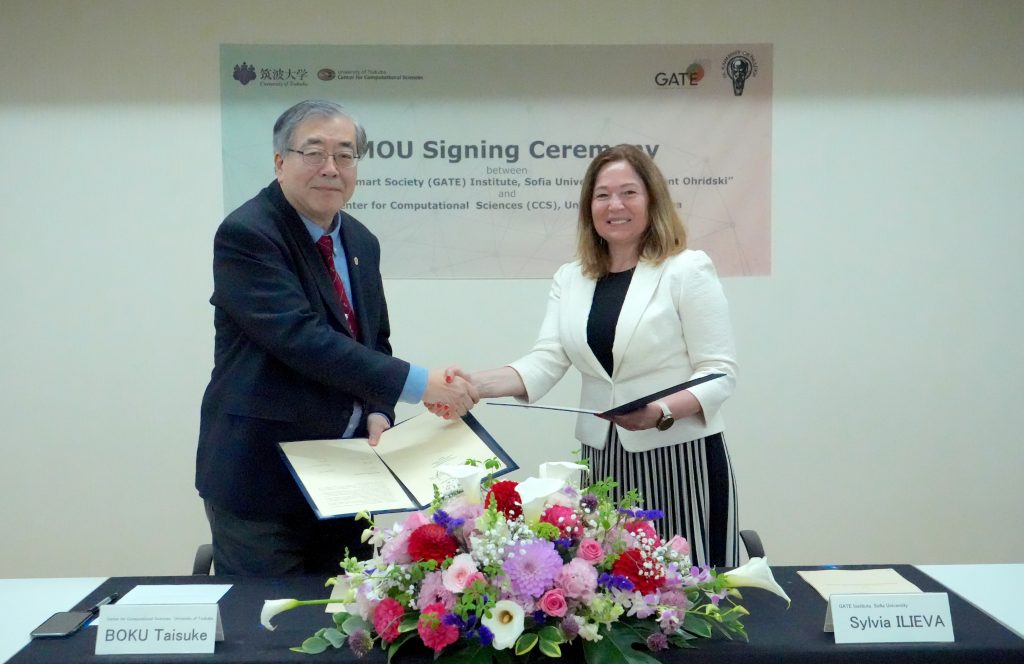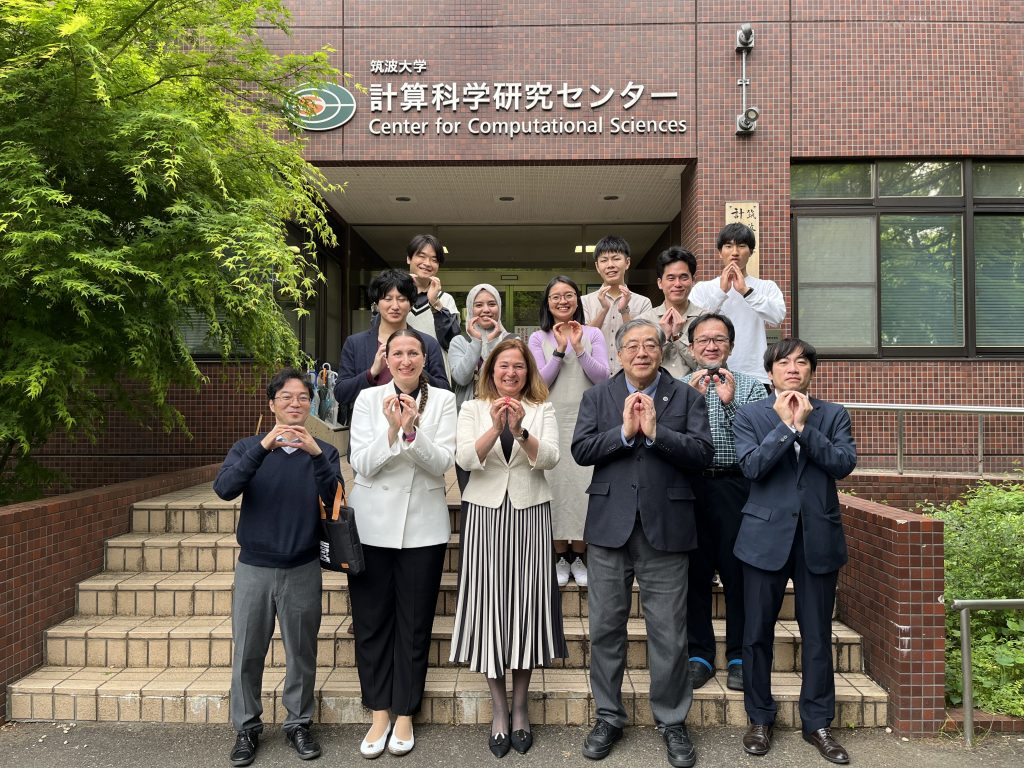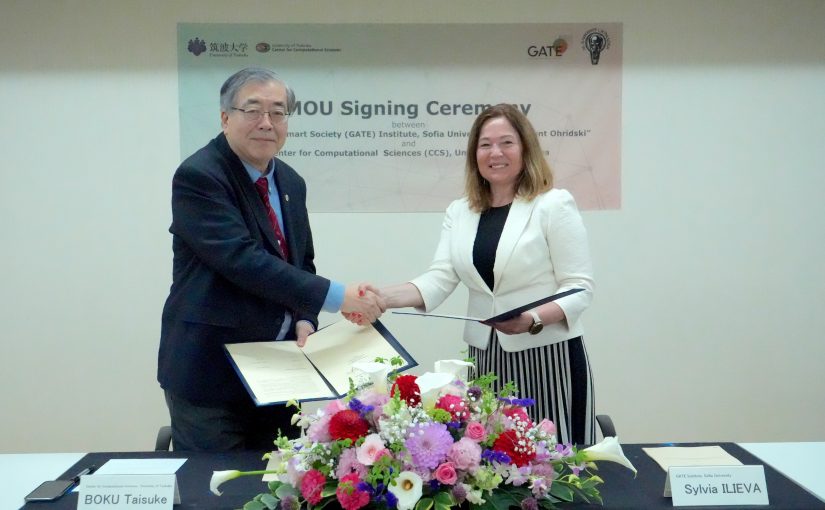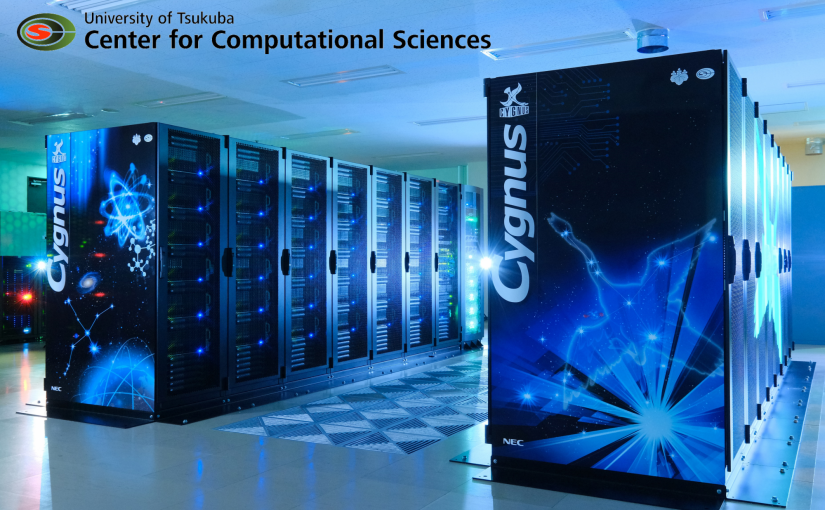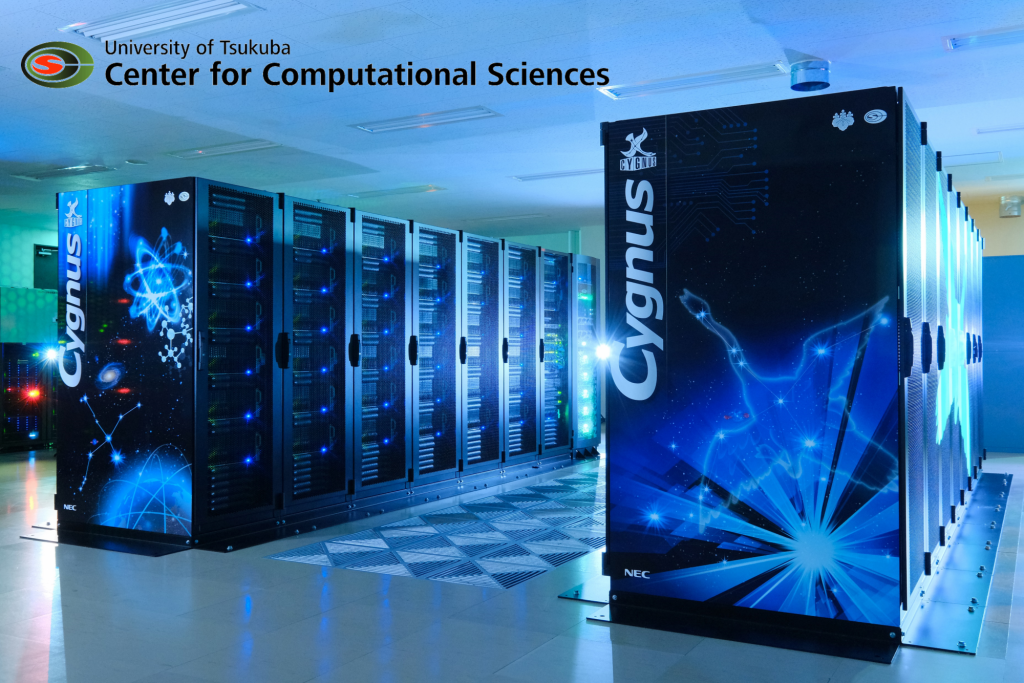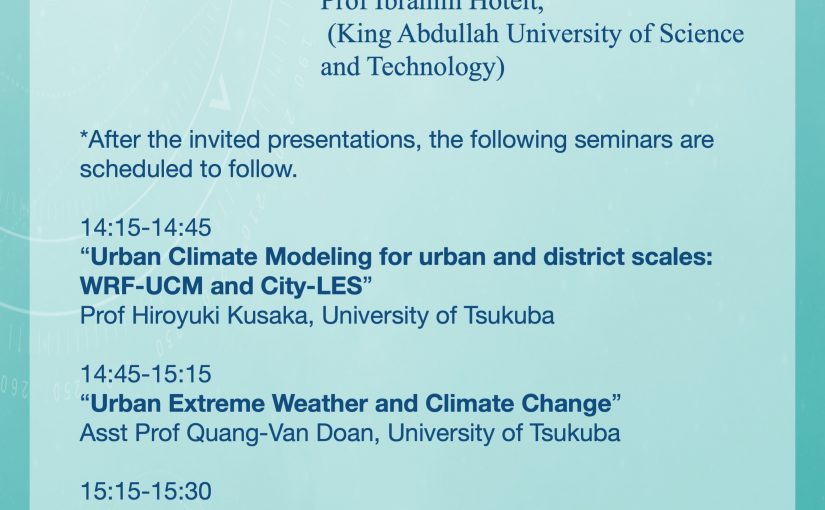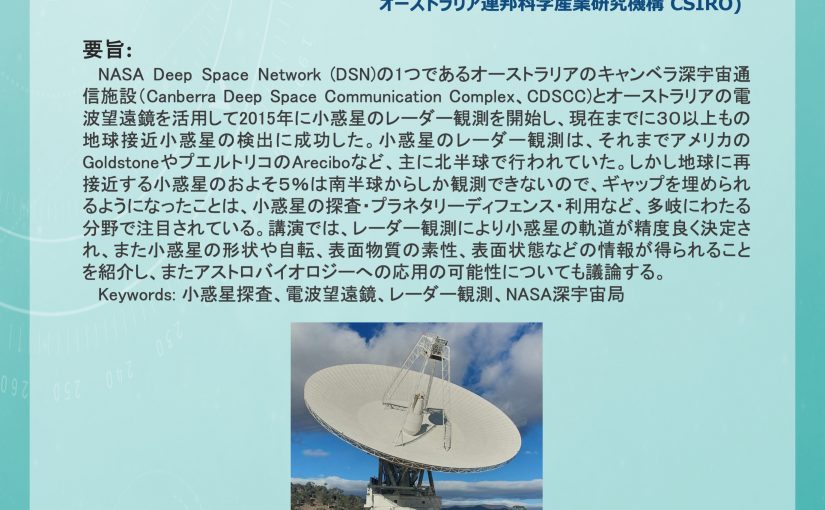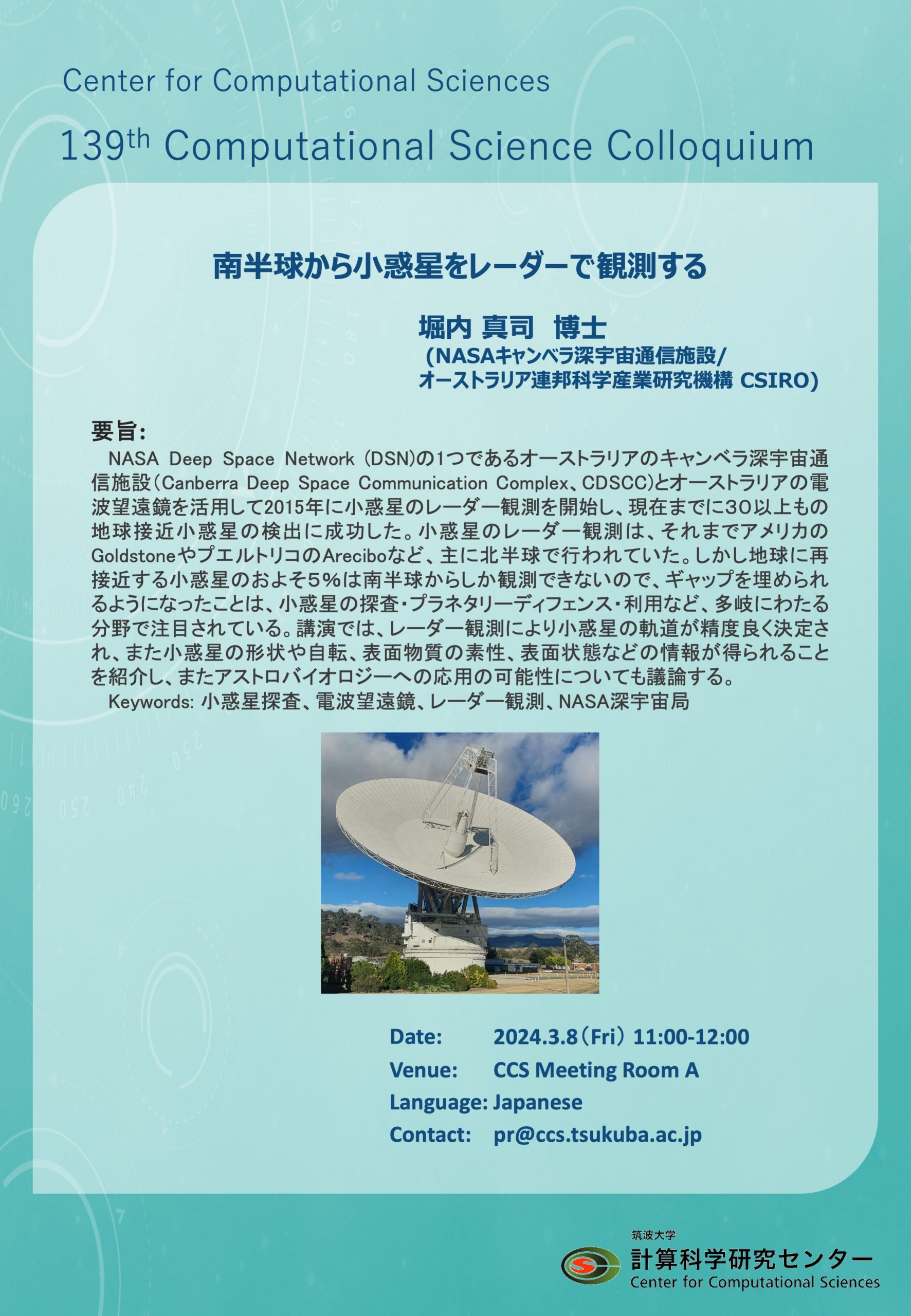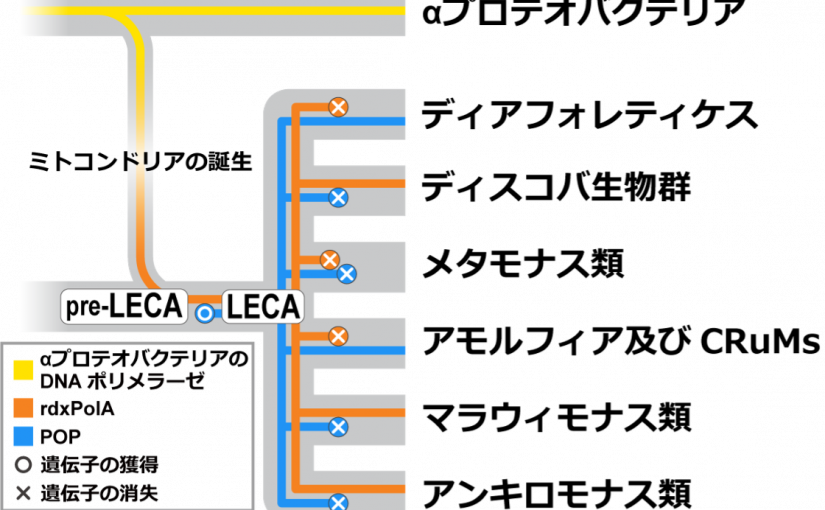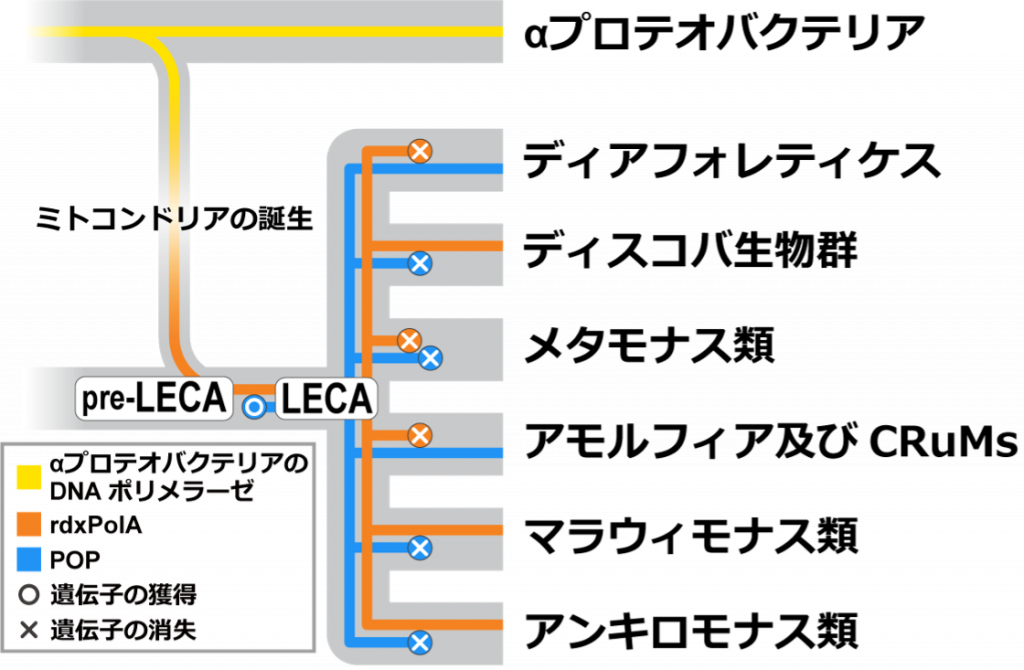Center for Computational Sciences (CCS), University of Tsukuba, invites applications for a full-time (non-tenured) faculty position as described below. We would like to inform all institutes concerning this field, and ask for your cooperation in recommending a suitable candidate for the position. Thank you for your support.
Title:
Assistant professor with a fixed-term appointment
Affiliation:
Center for Computational Sciences, University of Tsukuba (Division of Particle Physics)
Research field, Content of work:
Computational particle physics. In collaboration with Prof. Yoshinobu Kuramashi, the successful candidate will conduct research on lattice field theories using the tensor network approach related to the research project “New development of computational particle physics with tensor network approach” supported by Grant-in-Aid for Scientific Research (A) (Principal Investigator: Yoshinobu Kuramashi). The applicant will be expected to have expertise, skills, and experience on the lattice field theory and related numerical computations.
Starting date:
As soon as possible after a hiring decision is made (negotiable).
Terms of employment:
Full-time position with possibility of renewal annually, up until March 31, 2028, upon evaluation of the progress. The annual salary will be determined based on the regulations of the University, taking account of the career of the employee.
Qualifications:
An applicant needs to have a Doctoral Degree or Ph. D at the start of employment.
Application materials:
- Curriculum Vitae (with photograph)
- List of research activities including acquired competitive research funds (Separate refereed and non-refereed papers in the list)
- Reprints of 5 major papers published within the last 5 years (One paper may be published earlier than 5 years.)
- Summary of research activities (up to about 1000 words)
- Research plan after the appointment (up to about 1000 words)
- Two Reference letters or contact information of the two letter writers
- Self-Declaration on Specific Categories (the prescribed form can be downloaded from https://www.ccs.tsukuba.ac.jp/reqdocuments/)
- Consent for the handling and extraterritorial transfer of personal data in accordance with the EU-General Data Protection Regulation (GDPR) (*Submit this form only if you are a resident of member countries of the European Economic Area or the United Kingdom, the prescribed form can be downloaded from https://www.ccs.tsukuba.ac.jp/reqdocuments/)
Selection process:
After screening the application documents, qualified applicants will be invited to have an online interview in Japanese or English.
Deadline for application:
23:59 (JST), May 31, 2024.
Where to submit:
Please write “Application for Assistant Professor Position in Particle Physics” on the subject and send a zip file with a password for the documents 1)-8) in the pdf format via e-mail to application-pp[at]ccs.tsukuba.ac.jp ([at] should be replaced by @). The password is separately sent to kuramasi[at]het.ph.tsukuba.ac.jp ([at] should be replaced by @ as well).
Reference letters should be sent in pdf format via e-mail to application-pp[at]ccs.tsukuba.ac.jp ([at] should be replaced by @). Please write “Letter-XXX” (XXX is the applicant’s name) on the subject.
Who to make contact:
Prof. Yoshinobu Kuramashi
Chief, Division of Particle Physics
Center for Computational Sciences
University of Tsukuba
Tel: +81-29-853-4469, Email: kuramasi[at]het.ph.tsukuba.ac.jp ([at] should be replaced by @)
Miscellaneous:
- The personal information in the application documents will be used solely for the purpose of selection. After the selection all the personal information will be properly deleted.
- The Center for Computational Sciences has been approved as a Joint Collaborative Research Center by the Ministry of Education, Culture, Sports, Science and Technology. We promote interdisciplinary computational sciences, including joint use of our supercomputer systems. The University of Tsukuba conducts its personnel selection process in compliance with the Equal Employment Opportunity Act.
- The University of Tsukuba has established “University of Tsukuba Security Export Control Regulations” based on “Foreign Exchange and Foreign Trade Act”, and conduct strict examination when employing foreign nationals, persons from foreign universities, companies, government agencies, etc., or persons who fall under a specific category.
